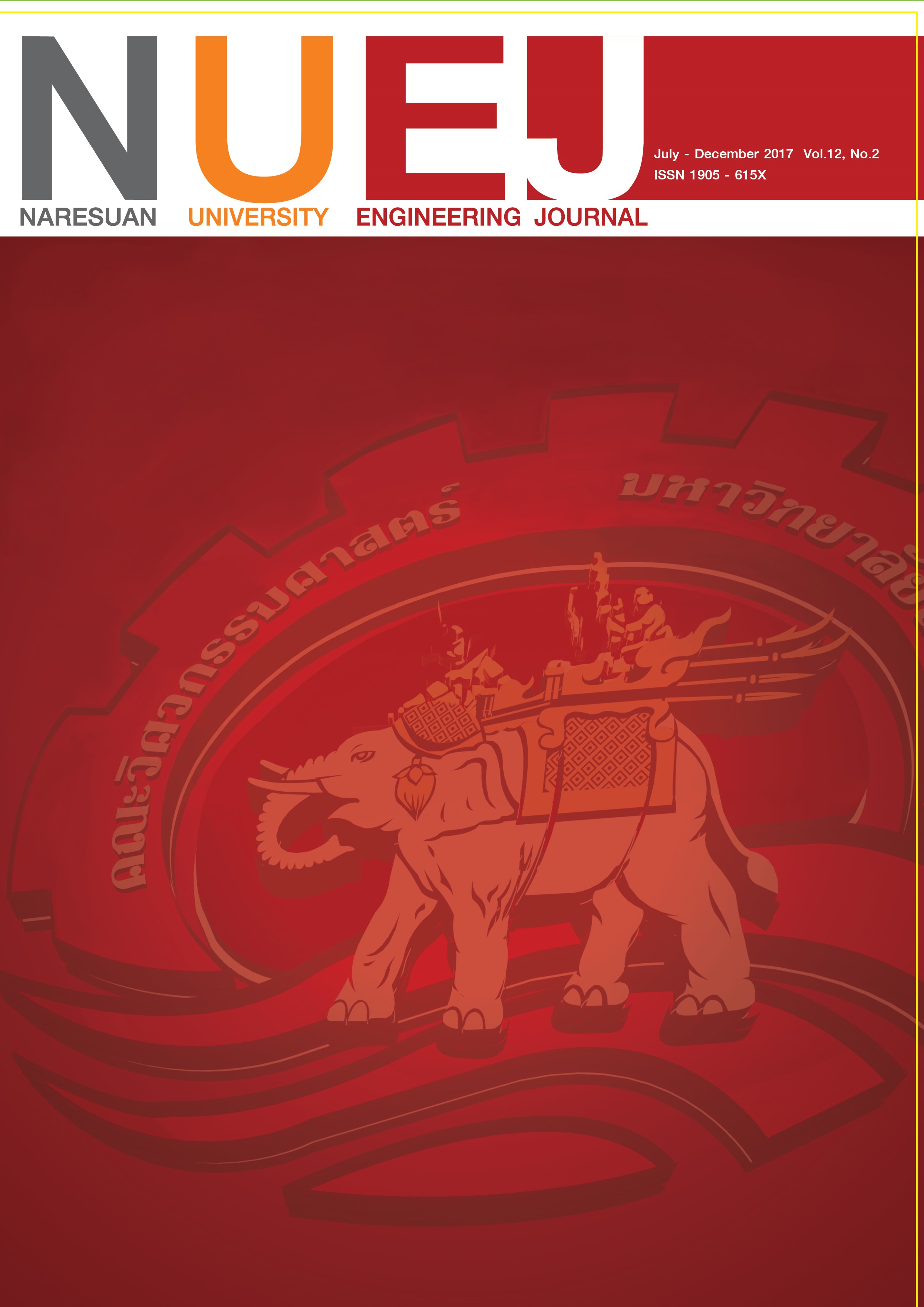การบูรณาการข้อมูลแบบกระจายบนเครื่องลูกข่าย Distributed Data Integration on Client Side
Main Article Content
Abstract
The data integration is very important to both small and large organizations. The organizations have to use the information from multi-stakeholder to analyzed and evaluate plan or policy. The problems in the data processing or storage/memory occurs because the data information is large and distributed for the example, long time response to requester, take more cost of systems or databases maintenance. This research proposes a concept to develop a system for large and distributed data integration by moving the workload to the client. We separate tasks based on the needs of users and parallelizing distributed information for optimizing results. The result shows this concept can support the larger data and service that make system is scalable and improve a lot of performance compare with general concept at more than 32 concurrent clients request.
Article Details
References
https://en.wikipedia.org/wiki/Yahoo!_Pipes
[2] Altinel, M., Brown, P., Cline, S., Kartha, R., Louie, E., Markl, V., Mau, L., Ng, YH., Simmen, D., & Singh, A. (2007). Damia: A Data Mashup Fabric for Intranet Applications. Proceedings of the International Conference on Very Large Data Bases. 07, 1370–1373.
[3] Wong, J., & Hong, J. (2006). Marmite: End-user Programming for the Web. Extended Abstracts on Human Factors in Computing Systems. 06, 1541–1546.
[4] Ennals, R., Brewer, E., Garofalakis, M., Shadle, M., & Gandhi, P. (2007, December). Intel Mash Maker: Join the Web. SIGMOD. 36(4), 27–33.
[5] Tuchinda, R., Szekely, P., & Knoblock, C.A. (2007). Building Data Integration Queries by Demonstration. Proceedings of the 12th International Conference on Intelligent User Interfaces. IUI 07, 170–179.
[6] Tuchinda, R., Szekely, P., & Knoblock, C.A. (2008). Building Mashups by Example. Proceedings of the 13th International Conference on Intelligent User Interfaces. IUI 08, 139–148.
[7] Tuchinda, R., Szekely, P., & Knoblock, C.A. (2008). Building Mashups by Example. Proceedings of the 13th International Conference on Intelligent User Interfaces. IUI 08, 139–148.
[8] Sugiura, A., & Koseki, Y. (1998). Internet Scrapbook: Automating Web Browsing Tasks by Demonstration.Proceedings of the 11th Annual ACM Symposium on User Interface Software and Technology. UIST 98, 9–18.
[9] Barnett, M., Chandramouli, B., DeLine, R., Drucker, R., Fisher, D., Goldstein, J., Morrison, P., & Platt, J. (2013). Stat!: An Interactive Analytics Environment for Big Data. Proceedings of the 2013 ACM SIGMOD International Conference on Management of Data. SIGMOD 13, 1013–1016.
[10] Fisher, D., Popov, I., Drucker, S., & schraefel. (2012). Trust Me, I’M Partially Right: Incremental Visualization Lets Analysts Explore Large Datasets Faster. Proceedings of the SIGCHI Conference on Human Factors in Computing Systems. CHI 12, 1673–1682.
[11] Seth Warner and Mathematics. (1990, June). Compositions Induced on Cartesian Products and Function Spaces. Modern Algebra, 13, 90- 100

